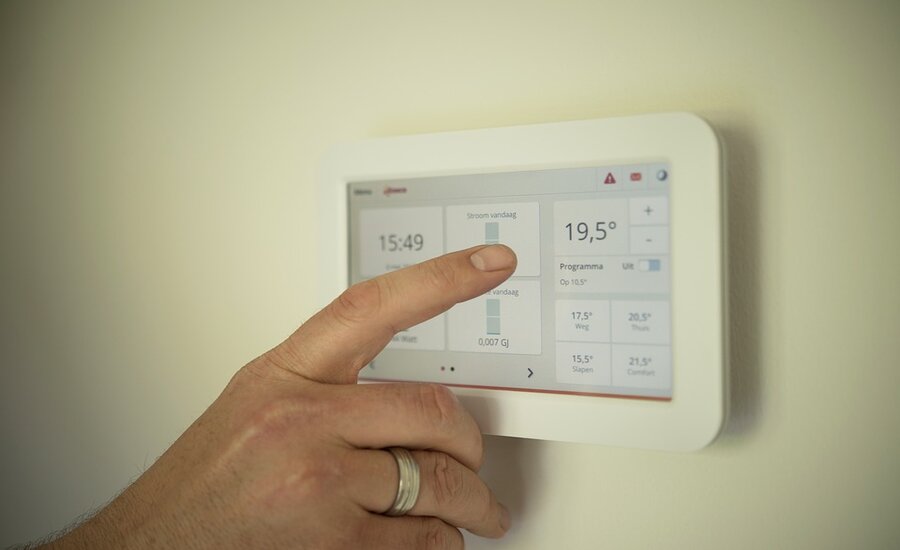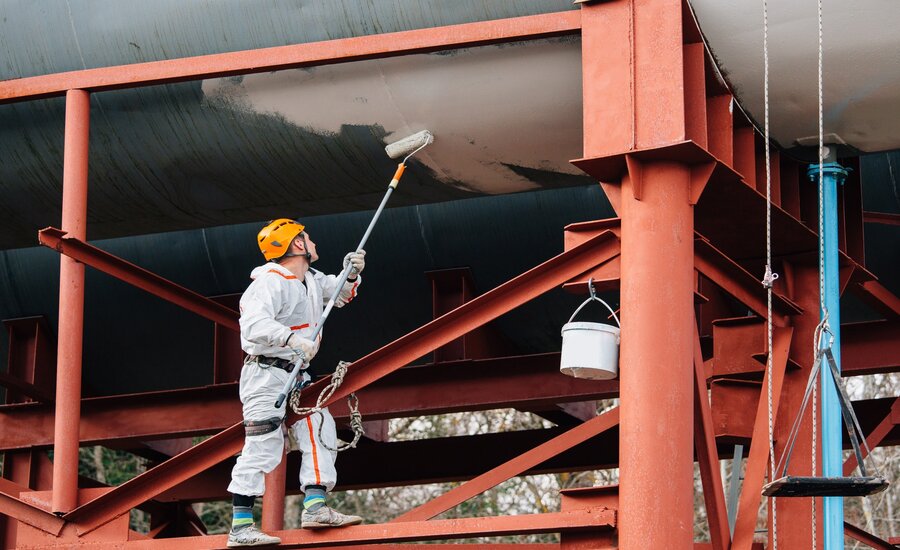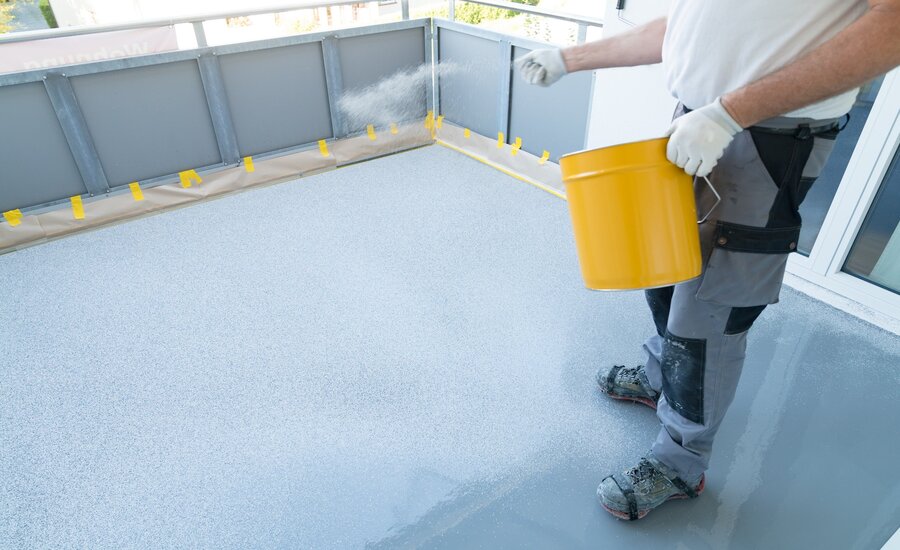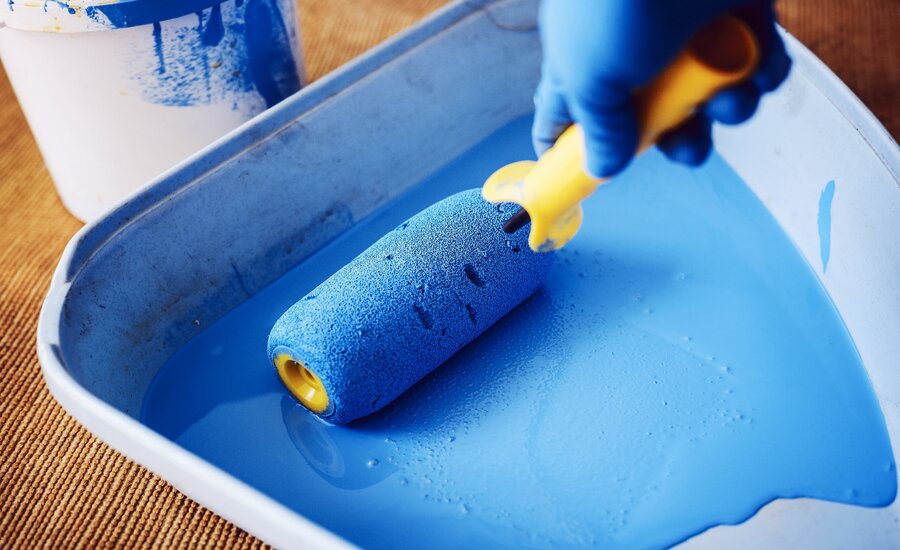Why Protective Coatings Are Important for Buildings

Protective coatings refer to various products and materials applied to surfaces to protect against multiple types of damage. These coatings can be applied to many surfaces, including metal, wood, and concrete. They can be used on interior and exterior surfaces and come in different forms, such as paints, varnishes, and sealers.
The proactive coating market is expected to experience substantial growth in the coming years due to the increasing demand for preventative measures to protect surfaces and prolong the lifespan of buildings. According to a recent market research report, the global proactive coating market is projected to grow at a CAGR of 6.5% from 2021 to 2028.
The market growth is attributed to the increasing awareness of the benefits of proactive coatings, such as their ability to prevent damage and deterioration before it occurs, their cost-effectiveness, and their ease of maintenance. Apart from these, numerous benefits make protective coatings more critical day by day.
Here, some of the crucial aspects are presented that prove these coatings are vital for buildings.
Durability
Durability is one of the key reasons that make protective coatings essential for buildings. It can help to extend the life of a building by protecting the underlying materials from weathering, corrosion, and other forms of damage. It can also save the cost of frequent repairs and maintenance.
A protective coating applied to a metal roof can prevent rust and prolong the roof's life. Similarly, a protective coating applied to a concrete structure can help prevent cracking, spalling, and other damage caused by exposure to the elements.
Energy efficiency

Energy efficiency is another crucial reason to choose protective coatings. Some protective coatings can help reduce the amount of heat transferred through the building's envelope, thus reducing the energy required to maintain a comfortable temperature. It can also lead to a reduction in the building's carbon footprint.
Reflective coatings can be applied to the roof of a building to reflect the sun's rays and reduce the amount of heat absorbed by the establishment. It can lower the heat inside the building and reduce the need for cooling. Similarly, insulative coatings can be applied to walls and other surfaces to improve the building's insulation, which can also help to reduce energy consumption.
Using energy-efficient coatings can be particularly beneficial in climates with high temperatures, as they can help to reduce the cooling load on the building. Additionally, the application of coatings can also improve the overall thermal performance of the building, which can lead to energy savings and lower energy bills over the long term.
Fire Resistance
Fire resistance is another essential characteristic of protective coatings that makes it vital for buildings. Some protective coatings are specially formulated to provide additional fire resistance to the building, which can help to reduce the risk of fire damage or injury in the event of a fire.
Intumescent coatings can be applied to steel structures to provide fire resistance by creating an insulating layer that expands when exposed to heat, protecting the steel from melting or deformation. Similarly, fireproofing coatings can be applied to walls and other surfaces to provide additional fire resistance and slow fire spread.
In addition, some coatings can also be used to increase the visibility of exit routes during a fire, which can help to guide people to safety more quickly and efficiently.
Mitigate the heat island effect

The heat island effect refers to the phenomenon where urban and suburban areas are warmer than rural areas due to the increased heat absorption by buildings, pavement, and other artificial surfaces. It can lead to higher temperatures in cities and towns, harming human health, air quality, and energy consumption.
Certain protective coatings can play a role in mitigating the heat island effect by reflecting more sunlight and reducing the amount of heat absorbed by buildings and pavement. Reflective roof coatings can reduce the heat absorbed by a building's roof. Similarly, reflective pavement coatings can reduce the heat absorbed by pavement, which can lower the temperature on the street and sidewalks.
In addition to reflective coatings, green roofs and walls can help mitigate the heat island effect. These roofs and walls are covered with vegetation, which can absorb less heat and release more moisture into the air, which can help cool the surrounding area.
Sustainability
Certain protective coatings are made of environmentally friendly and sustainable materials, which can help reduce the building's overall environmental impact and promote green building practices. Layers made with low-VOC (volatile organic compounds) and low-emitting materials can help to improve indoor air quality and reduce the building's environmental impact.
Similarly, coatings made with recycled materials are biodegradable, which can help to reduce the building's overall ecological footprint. When it comes to sustainability, the entire life cycle of the coating should be considered, including the sourcing of raw materials, production, application, and disposal. Using protective coatings, building owners can promote green building practices thoroughly.
Waterproofing

Waterproofing is another critical reason why protective coating is essential for buildings. Protective coatings can seal buildings against water penetration, preventing damage to the building's structure and contents and other issues that can arise from water infiltration.
These coatings can be applied to the exterior of a building to prevent water from penetrating through cracks in the walls or roof. Similarly, layers can be used on the interior of a building to protect against leaks or seepage, which can help prevent damage to the building's structure and contents.
Waterproof coatings are crucial in areas prone to heavy rain or flooding, as they can help to protect the building from water damage. They can also be applied to protect buildings in areas with high humidity, which can help prevent mould and mildew growth.
Defend from Dangerous Pathogens
Protective coatings can defend buildings from dangerous pathogens like bacteria and viruses. It can help to improve indoor air quality and reduce the risk of infection or disease. Three types of coating can help us with these purposes. They are antimicrobial, antibacterial and microbicidal coatings.
Antimicrobial coatings can be applied to surfaces such as walls, door handles, and elevator buttons to prevent mould growth, mildew or disease-causing agents. Antibacterial coatings are specialised to inhibit the growth processes of bacteria. Where microbicidal coatings interfere with the exterior, targeting pathogens come into contact with it.
These coatings contain compounds that kill the growth of microorganisms and can provide long-lasting protection against the spread of pathogens. These coatings can also trap pollutants such as dust, allergens, and volatile organic compounds. It can help to reduce the risk of respiratory illness, allergies, and other health problems.
It's worth noting that the effectiveness of coatings in defending buildings from pathogens will depend on the layer's quality and the surface's preparation before application, so it's always best to seek professional painting company help when it comes to protecting buildings from pathogens.
Aesthetics

Protective coatings can enhance the appearance of a building, making it more visually appealing and increasing its curb appeal. These coatings can be used to restore the original colour and finish of a building, which can help to revitalise its appearance and make it look new again. Also, you can use protective coatings to change the colour of a building, which can be a cost-effective way if you hire commercial painters in Sydney to update its appearance without having to replace the entire building.
In addition, coatings can also be used to create different textures and patterns on a building's surface, giving it a unique and exciting look. It can benefit commercial buildings or other structures where aesthetics is essential.
Using coatings can also improve the overall appearance of a building by making it look cleaner, brighter and more well-maintained. It can have a positive impact on the building's value and can help to attract tenants or buyers.
In conclusion, protective coatings are essential for building maintenance and upkeep. They offer many benefits, including durability, energy efficiency, aesthetics, fire resistance, waterproofing, and sustainability. Protective coatings can extend the life of a building by protecting the underlying materials from weathering, corrosion, and other forms of damage, saving building owners the cost of frequent repairs and maintenance.
In contrast, antimicrobial coatings can be applied to prevent the growth of bacteria and viruses. Waterproofing coatings can avoid water infiltration and mould growth, and sustainable coatings can reduce the building's overall environmental impact. Using protective coatings, building owners can improve their buildings' performance and appearance and enhance the occupants' safety and health.









